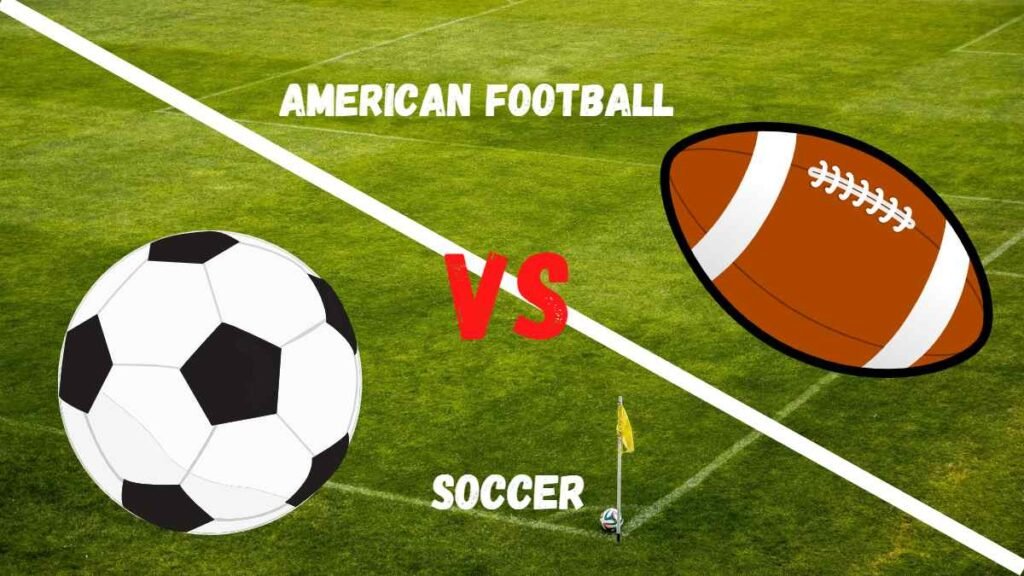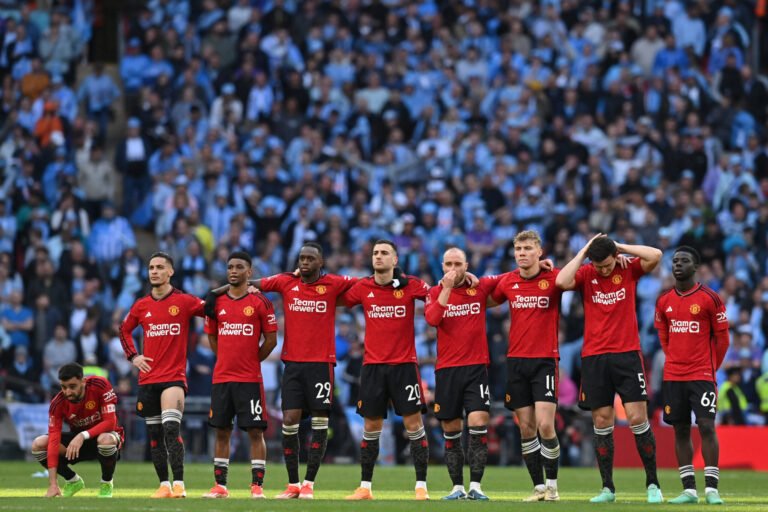Football vs Soccer: Understanding the Differences between these Glorious Sports
The words “football” and “soccer” often lead to confusion due to their varied usage around the world.
Despite both being popular sports involving a ball and goals, they are quite distinct in terms of rules, gameplay, and cultural significance. This blog aims to elucidate these differences, highlighting what makes each sport unique.

Origins and Terminology
The term “football” generally refers to different sports in different regions. In the United States and Canada, “football” typically means American football, a sport involving an oval-shaped ball and heavy physical contact. Conversely, in most other parts of the world, “football” is synonymous with what Americans call “soccer.”
Soccer:
- Originated in England in the mid-19th century.
- The term “soccer” comes from “association football,” the official name to distinguish it from other forms of football.
- Governed globally by the Fédération Internationale de Football Association (FIFA).
American Football:
- Developed from rugby football in the late 19th century in the United States.
- The name “football” is derived from the traditional term for the sport, despite the limited use of feet compared to soccer.
- Governed by the National Football League (NFL) in the United States.
Rules and Gameplay
Soccer:
- Played with a spherical ball.
- Each team has 11 players, including a goalkeeper.
- The primary objective is to score by getting the ball into the opposing team’s goal using any part of the body except the hands and arms (goalkeepers can use their hands within their penalty area).
- Matches are 90 minutes long, divided into two 45-minute halves.
- Played on a rectangular field with goals at each end.
American Football:
- Played with an oval-shaped ball.
- Each team has 11 players on the field, but teams have specialized offensive, defensive, and special teams units.
- The main goal is to score points by advancing the ball into the opposing team’s end zone or kicking it through the opponent’s goalposts.
- Games are divided into four 15-minute quarters.
- Played on a rectangular field with a goalpost at each end and marked by yard lines.
Physicality and Strategy
Soccer:
- Emphasizes continuous play and endurance.
- Requires a blend of speed, agility, and precise footwork.
- Strategy revolves around ball control, passing, and positioning.
- Physical contact is limited; fouls are called for excessive or dangerous contact.
American Football:
- Involves frequent stops in play, allowing for strategic planning between downs.
- Emphasizes strength, speed, and tactical complexity.
- Strategy involves coordinated plays, involving various player roles such as quarterbacks, running backs, and wide receivers.
- Physical contact is a significant part of the game; tackling is a key component.
Cultural Significance
Soccer:
- The world’s most popular sport, known for its global reach and passionate fan base.
- Major tournaments like the FIFA World Cup and UEFA Champions League attract massive international audiences.
- Seen as a unifying sport, transcending cultural and national boundaries.
American Football:
- Deeply ingrained in American culture, with significant popularity in the United States.
- The Super Bowl, American football’s championship game, is one of the most-watched sporting events in the world.
- High school and college football are important aspects of American community life.
Conclusion
While both soccer and American football share a common ancestry, they have evolved into distinctly different sports with unique rules, gameplay, and cultural significance. Soccer’s global appeal contrasts with American football’s deep-rooted presence in the United States, highlighting the diverse ways in which people around the world engage with sports. Whether you’re dribbling down a pitch or strategizing a touchdown, the passion for the game, in any form, is universal.
Also Read: FIFA World Cup Winner List of all Time 1930-2022
Also Read: List of Top 10 Richest Footballers in the World 2024: Net Worth, Salary, Career and Everything






